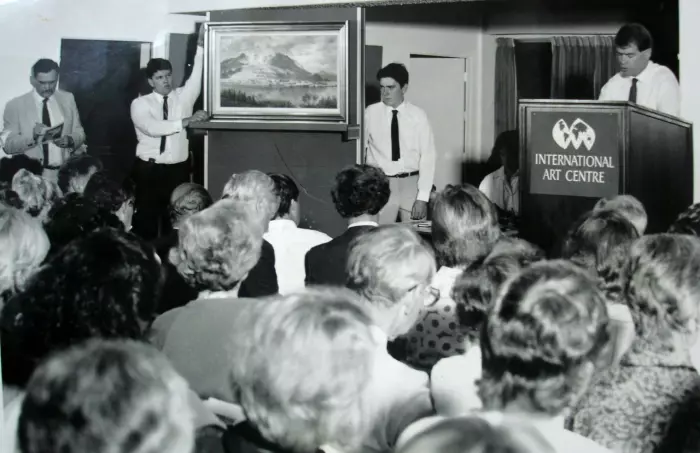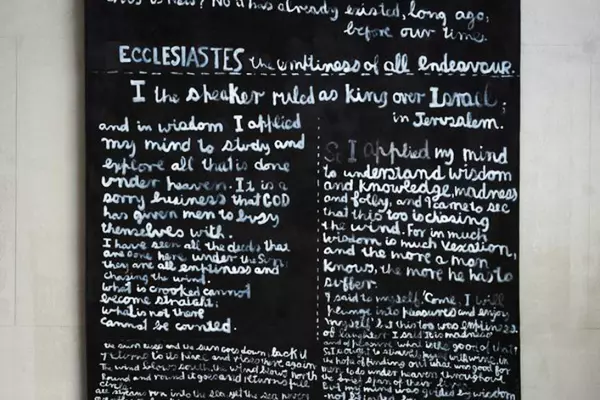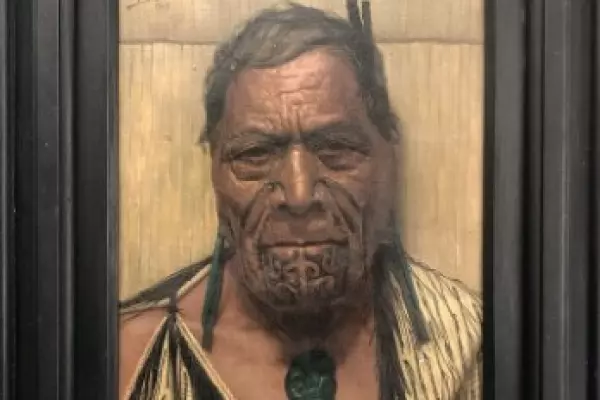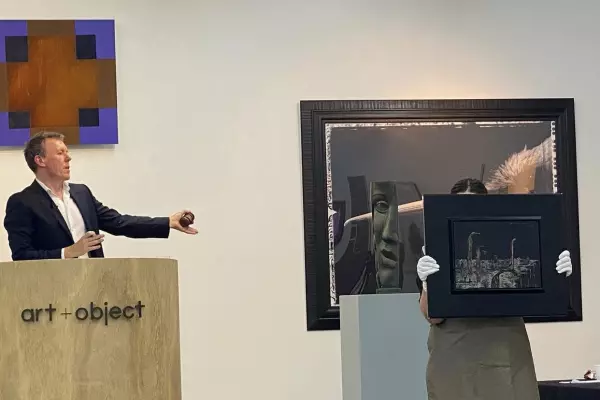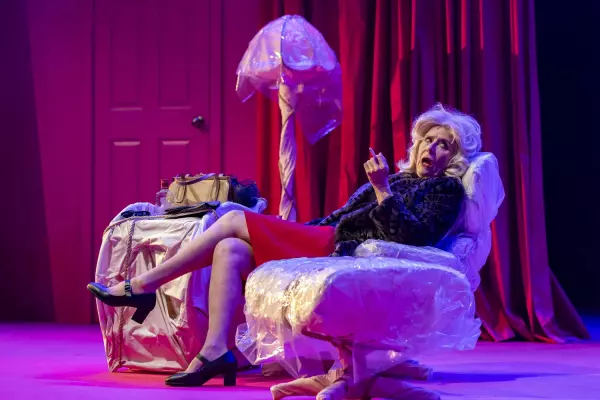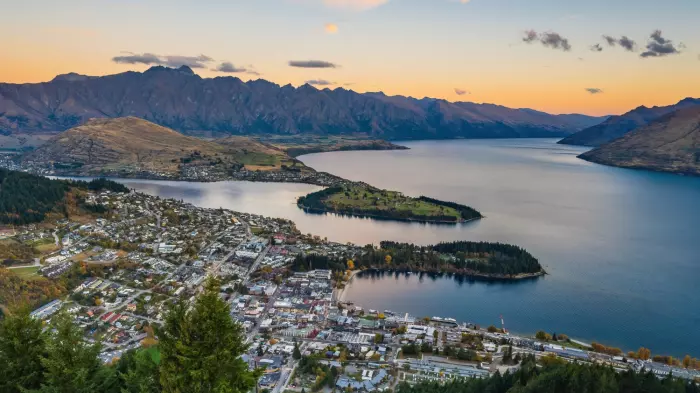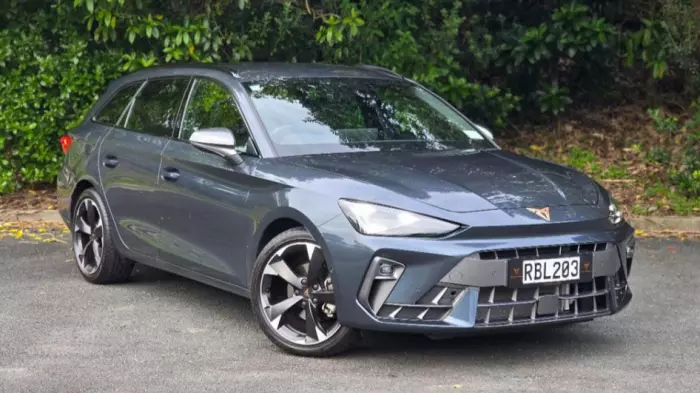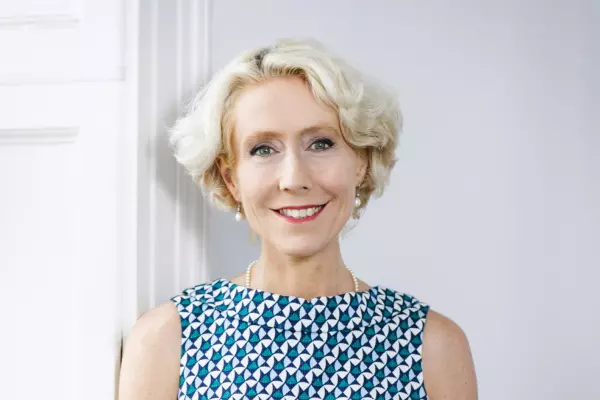Charles Blomfield, JBC Hoyte and John Gully. These were some of the giants of the New Zealand art auction scene in the 1970s and 1980s – artists from a much earlier era who painted familiar scenes of an idealised landscape and were more popular than Colin McCahon, Ralph Hotere or Don Binney.
This month, I will look at the market for colonial art, which was at its heyday in those two decades but – due to changing fashions and tastes and new buyers vying for works – finds itself superseded by the demand for modern and contemporary artists that dominates the auction scene today.
Some of New Zealand’s earliest artists arrived here in the 1840s as “artist/explorers” and provided a valuable historical record of the tough times establishing a colony here, but by the 1870s onwards, this country had developed enough to support a trade in tourist pictures. Many of these artists travelled extensively throughout New Zealand, making notes and sketches “en plein air” before painting the actual work back in the studio.
As time went on, this led to a formulaic approach, featuring a landscape of majestic mountains, snowy peaks and a lush foreground filled with vegetation. In the North Island, artists focused on the Pink and White Terraces, unnamed rivers or topographical landscapes around our biggest cities. Often a group of Māori going about their daily life were included.
This style of painting went out of fashion after the first world war and the New Zealand art market remained largely undeveloped. Only a handful of galleries operated and art was sold at picture framers alongside painting supplies. By the 1960s, however, a few notable galleries had opened, including those of Barry Lett in Auckland and Peter McLeavey in Wellington. These were selling contemporary art, exhibiting Tony Fomison, Philip Clairmont, Milan Mrkusich and Pat Hanly, among others. But by all accounts, it was tough. Galleries came and went, closing due to financial hardship, and the client base was tiny. In a conservative place like New Zealand, somewhat sheltered from modern trends, contemporary art was a stretch too far for many.
By comparison, in the mid-1970s the auction market boomed. A look back through the saleroom archives in Art New Zealand magazine makes for fascinating reading. Dunbar Sloane was into its third generation of family ownership in Wellington, and in Auckland in 1971, the International Art Centre held its first auction at the White Heron Hotel in Parnell. Smaller auction houses were in operation all over the country.
Warwick Henderson, a retired Auckland gallery owner now working as a valuer and consultant, remembers the heady times of the 1970/1980s well. The auction houses sold a mix of furniture, decorative arts and paintings, and Henderson recalls that the buyers were mainly older business people with traditional tastes. “They bought what they could relate to, so a South Island landscape seemed more familiar to them than a text painting by McCahon.”
Henderson recalled an encounter he had when selling a large early fine art collection from his initial office/showroom in Emily Place. He had a visit from a collector who was interested in buying some art. He tried to talk the visitor into buying a Hotere or a McCahon and showed him a few options. Unfortunately, the client described these as “too messy” and ended up walking away with a “very pedestrian John Gibb seascape”.
Back then, traditional paintings were given prominence in all the auction catalogues, so top billing went to artists like Blomfield, Gibb and Petrus van der Velden, while the works of contemporary painters were buried in the final lots almost as an afterthought.
By the mid-1970s, more investors – seeing the rise in prices for traditional works – were entering the market. Sensing an opportunity to make some money from a naive audience, convicted forger Karl Sim and his ilk ramped up their activities, painting works signed by any artist who was notable on the secondary market. These works were fed into the regional auction rooms and were then often bought by arbitrageurs – investors who attempted to profit from market inefficiencies – and resold in the main centres and overseas.
Top prices during these years sat around $10,000-$12,000 for a van der Velden oil painting, but many second-rate artists such as WG Baker and GE Pruden would easily fetch $2000, around the same price as for a Frances Hodgkins 1930s watercolour and more than for a large McCahon landscape now in the Te Papa collection, which sold for $1000 in 1978.
Heading into the pre-crash years of the 1980s, the market in New Zealand became more glamorous. There was interest in the contemporary art world overseas and in 1986, Warwick Henderson held New Zealand’s first art fair, Artex, attracting 12,500 people. Despite the rise in interest in contemporary art (more dealer galleries had opened and big entities such as the Simpson Grierson law firm were putting together collections), the colonial market still reigned supreme.
Jonathan Gooderham, owner of Jonathan Grant Galleries in Parnell, which deals in traditional New Zealand and international art, says that at this time, clients were very focused on names and signatures. They bought what their parents and business associates were buying and there was a lot of “keeping up with the Joneses”. Both Gooderham and Henderson agree that the stock-market crash of 1987 changed the market forever. Although it didn’t bottom out until 1991, the writing was on the wall for New Zealand’s traditional pictures and the overinflated prices for poor examples of work.
Both also agree that a growing interest in local design and architectural trends, plus a renewed interest in contemporary art, changed clients’ tastes and a younger group of buyers wanted works that reflected them and not their parents. Once new money entered the market, “it started rolling, it became a steam train”, says Gooderham.
Thirty-five years on, the top prices at auction are now paid for works created after 1950 (with the exception of CF Goldie) and the current highest price overall was for Michael Parekōwhai’s sculpture A Peak in Darien, created in 2011.
The International Art Centre in Parnell has long catered to the traditional market even when that has fallen elsewhere, and director Richard Thomson happily marries the traditional and contemporary markets with his flagship Important and Rare Sales and Modern and Contemporary Sales, which were introduced in 2014. He acknowledges that while prices have fallen significantly for the second-tier painters producing more generic scenes, historically important works in good condition with good provenance still sell well.
Recently, Thomson has noticed interest in 19th-century paintings of Queenstown and Wānaka; these appeal to clients who own property in the area. The modern collector of these paintings now might just as easily buy a McCahon as a John Gully.
Views of the Pink and White Terraces by Blomfield are perennially popular; recent examples have sold for over $100,000, more than what they fetched at the peak of the market in the 1980s. Up the road at Jonathan Grant Galleries, sales are underpinned by Frances Hodgkins rather than the British and New Zealand colonial paintings the outlet used to specialise in. But Gooderham still believes that a top-quality colonial 1850s painting bought in the current market climate would make an excellent long-term investment.
So if you are thinking you might like to add a 19th-century painting to your collection, try to make sure it’s by one of the better-regarded artists and in good condition. And an interesting view might help, too, especially if it depicts a location that has changed dramatically.
Always look around first and know what you are buying so you can judge whether your preferred work is a good example by the artist. Most importantly, though, enjoy your collecting journey.
Briar Williams is a fine art valuer at Art Valuations NZ


